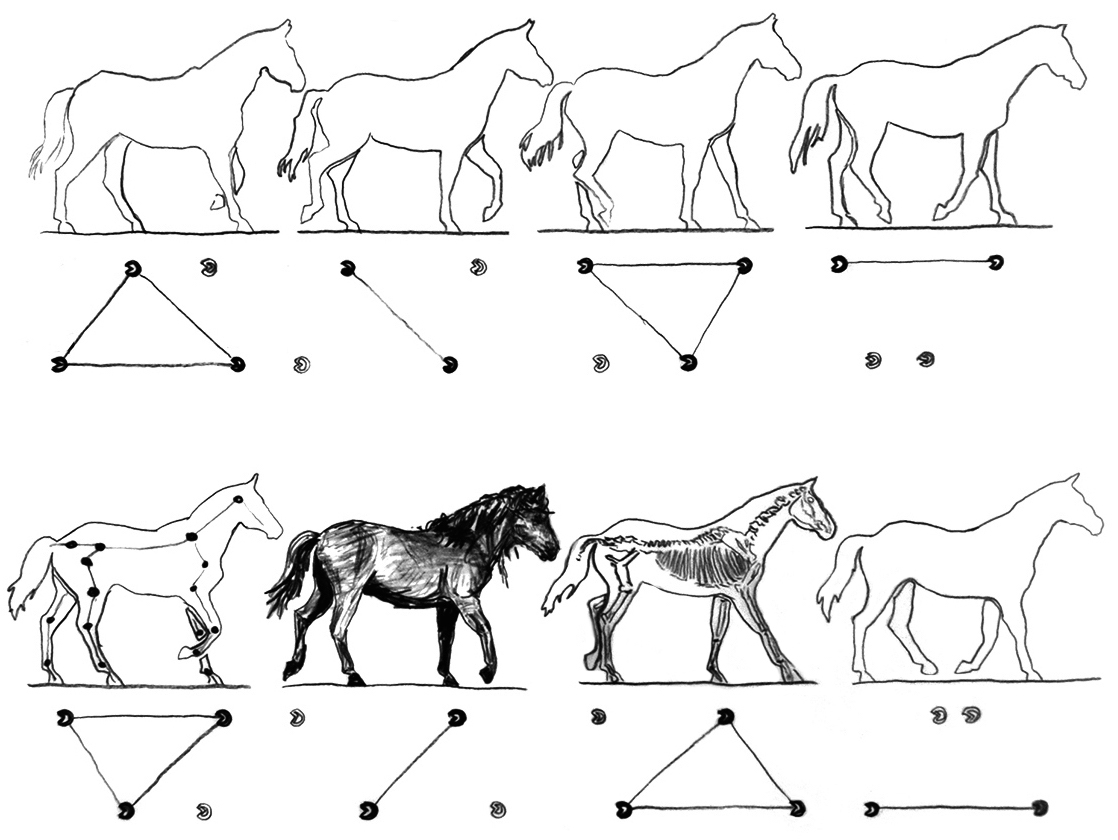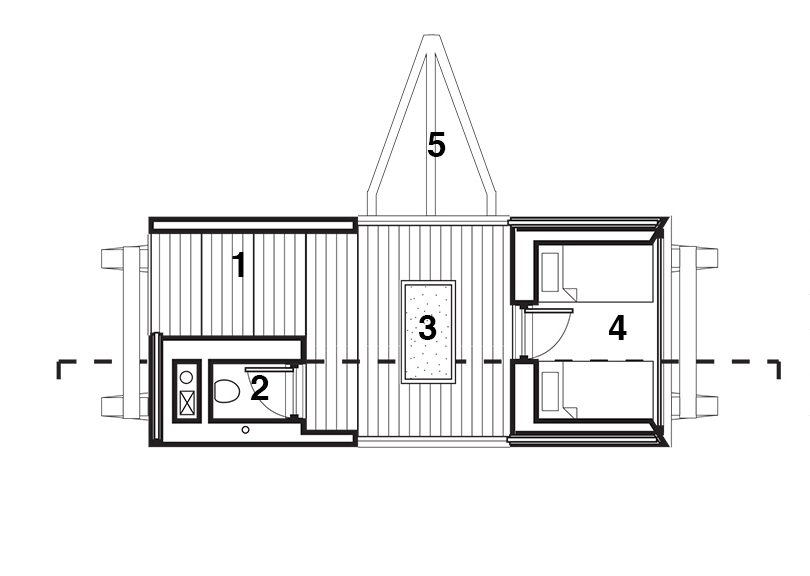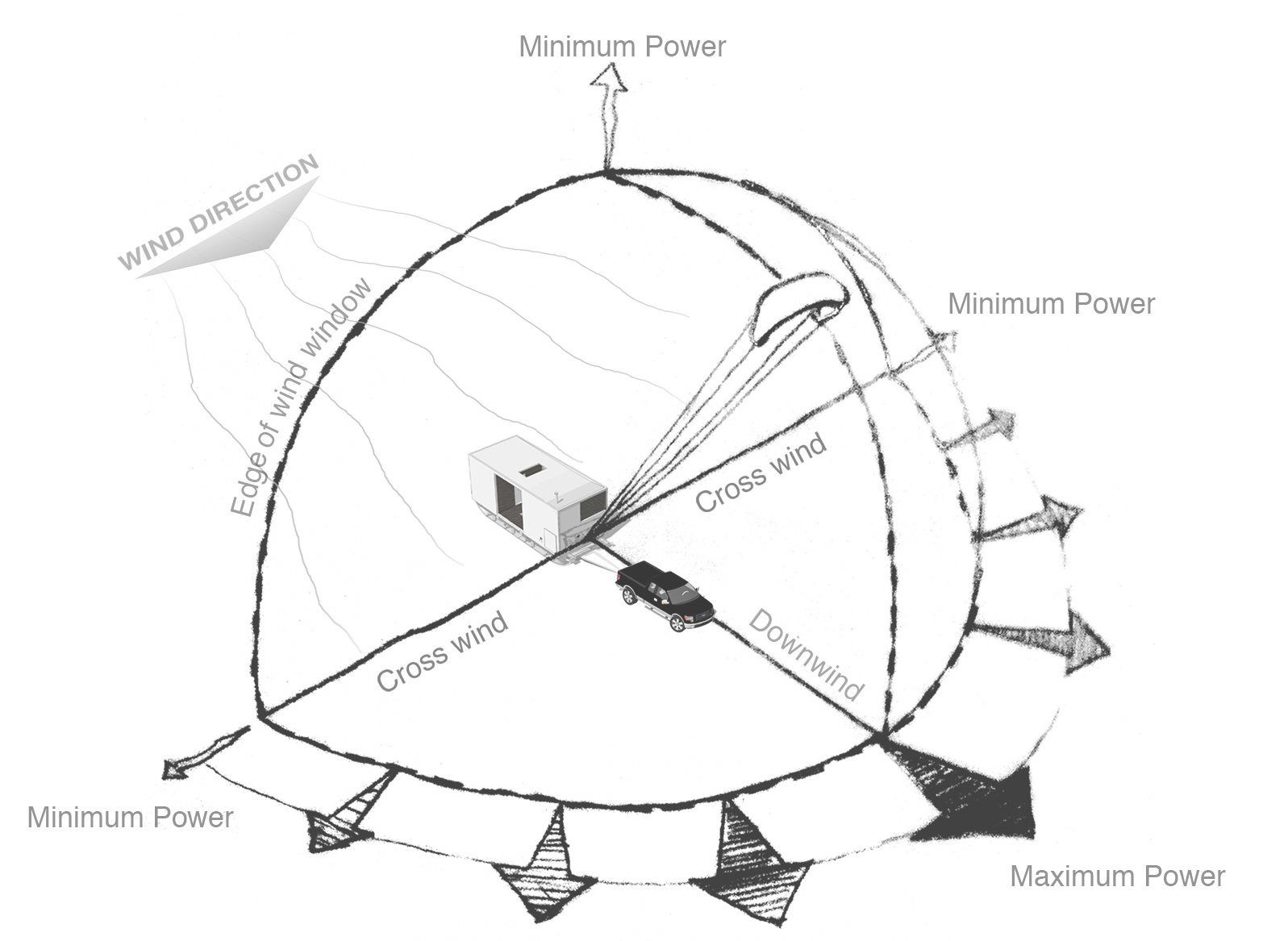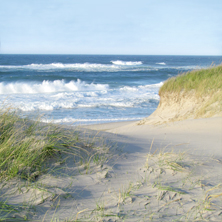REMOTE SHELTERS
At the ends of the island’s habitable range, two sites supported past incarnations of the east and west lighthouses which were frequently buried or undermined by the shifting coastline.
Introducing small shelters at these locations provides refuge for researchers and tourists exploring the eastern and western parts of the island.Introducing small shelters at these locations provides refuge for researchers and tourists exploring the eastern and western parts of the island.
These landscapes shift frequently with sotrms, so the shelters are designed to be easily moved to adapt to their changing habitat, avoiding the grim fate of their stationary predecessors. Analyses of the dynamic structures of the animals already adapted to Sable Island’s ecosystem inspired the design.
The shelters can house up to eight visitors overnight in mild seasons, and four during winter in insulated space.


On land, seals drag their heavy load across the sand with front flipper propulsion and some help from hind flippers. This could be done with buildings by putting them on a ski foundation and dragging them with vehicles.


The Ipswich Sparrow uses a wide base made of lightweight members to stabilize during dynamic motion. This inspired a ski with a widened base and thin truss system.

The wild horses shift their loads between two and three legs cyclically to propel them forward; a redundancy of load paths is used for dynamic motion. (Diagram redrawn from Carl Zimmer, “The Flesh of Physics.” Discover Magazine, 2009)


During motion a ski could be partly off the ground, and the load would need to rely on another path, so extra truss segments were added.

1 Seating
2 Composting toilet
3 Fire pit
4 Bunk room
5 Entry ramp (can be installed on ends as trailer hitch for transport)

1 Composting toilet
2 Compost and compost tea
3 Rain water ballast (Collected from roof)


The East Light and West Light Shelters are easily relocated. The units can be pulled by vehicles, vehicles assisted by wind, or even just by wind when conditions are favourable. (Wind window diagram redrawn from kiteboardingrevolution.com)
Kite technology, developed at the University of Delft, can also be used to power the mobile unit. Power generated by the reel-in / reel-out process of the generator turbine is stored in a battery bank under the seating area. (Kite momvement redrawn from High level control and optimization of kite power systems Fechner and Schmehl 2012)


